Is BGP Safe Yet? No. But we are tracking it carefully

BGP leaks and hijacks have been accepted as an unavoidable part of the Internet for far too long. We relied on protection at the upper layers like TLS and DNSSEC to ensure an untampered delivery of packets, but a hijacked route often results in an unreachable IP address. Which results in an Internet outage.
The Internet is too vital to allow this known problem to continue any longer. It's time networks prevented leaks and hijacks from having any impact. It's time to make BGP safe. No more excuses.
Border Gateway Protocol (BGP), a protocol to exchange routes has existed and evolved since the 1980s. Over the years it has had security features. The most notable security addition is Resource Public Key Infrastructure (RPKI), a security framework for routing. It has been the subject of a few blog posts following our deployment in mid-2018.
Today, the industry considers RPKI mature enough for widespread use, with a sufficient ecosystem of software and tools, including tools we've written and open sourced. We have fully deployed Origin Validation on all our BGP sessions with our peers and signed our prefixes.
However, the Internet can only be safe if the major network operators deploy Continue reading
Time-Based One-Time Passwords for Phone Support
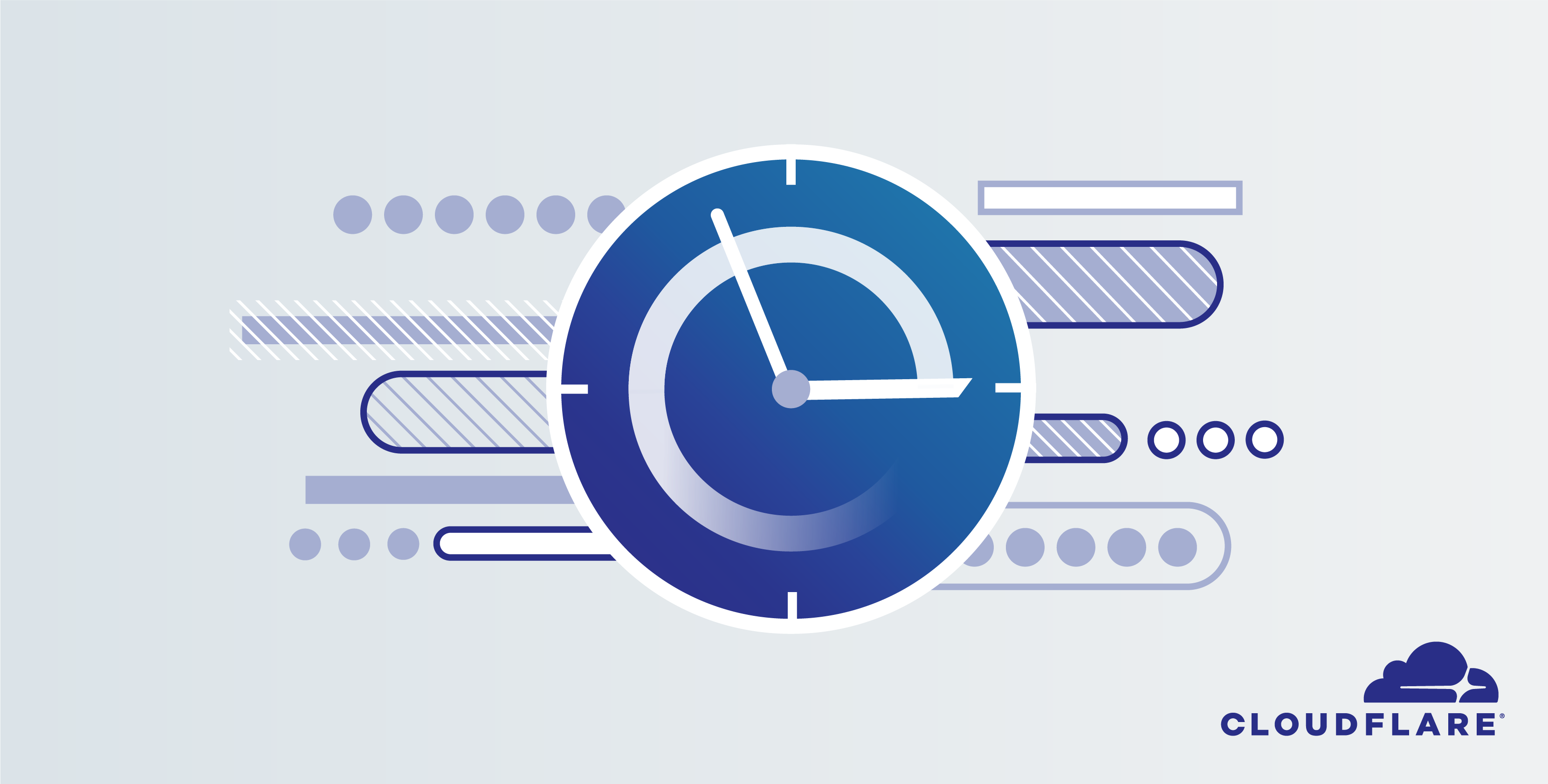
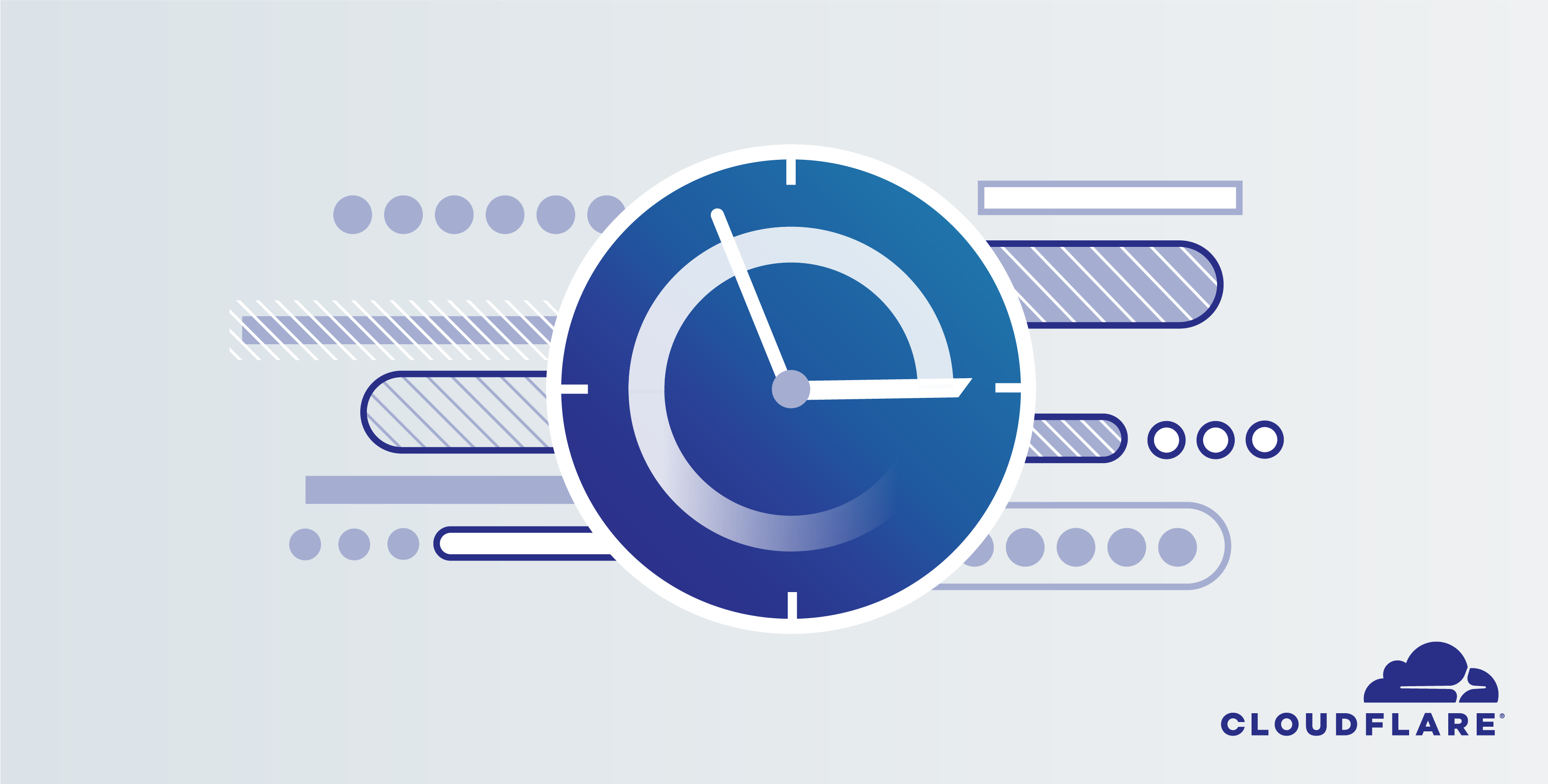
As part of Cloudflare’s support offering, we provide phone support to Enterprise customers who are experiencing critical business issues.
For account security, specific account settings and sensitive details are not discussed via phone. From today, we are providing Enterprise customers with the ability to configure phone authentication to allow for greater support to be offered over the phone without need to perform validation through support tickets.
After providing your email address to a Cloudflare Support representative, you can now provide a token generated from the Cloudflare dashboard or via a 2FA app like Google Authenticator. So, a customer is able to prove over the phone that they are who they say they are.
Configuring Phone Authentication
If you are an existing Enterprise customer interested in phone support, please contact your Customer Success Manager for eligibility information and set-up. If you are interested in our Enterprise offering, please get in contact via our Enterprise plan page.
If you already have phone support eligibility, you can generate single-use tokens from the Cloudflare dashboard or configure an authenticator app to do the same remotely.
On the support page, you will see a card called “Emergency Phone Support Hotline – Authentication”. From here you Continue reading
Cloudflare Workers Now Support COBOL

Recently, COBOL has been in the news as the State of New Jersey has asked for help with a COBOL-based system for unemployment claims. The system has come under heavy load because of the societal effects of the SARS-CoV-2 virus. This appears to have prompted IBM to offer free online COBOL training.

As old as COBOL is (60 years old this month), it is still heavily used in information management systems and pretty much anywhere there’s an IBM mainframe around. Three years ago Thomson Reuters reported that COBOL is used in 43% of banking systems, is behind 80% of in-person financial transactions and 95% of times an ATM card is used. They also reported 100s of billions of lines of running COBOL.
COBOL is often a source of amusement for programmers because it is seen as old, verbose, clunky, and difficult to maintain. And it’s often the case that people making the jokes have never actually written any COBOL. We plan to give them a chance: COBOL can now be used to write code for Cloudflare’s serverless platform Workers.
Here’s a simple “Hello, World!” program written in COBOL and accessible at https://hello-world.cobol.workers.dev/. It doesn’t do much--it Continue reading
Cloudflare Dashboard and API Outage on April 15, 2020
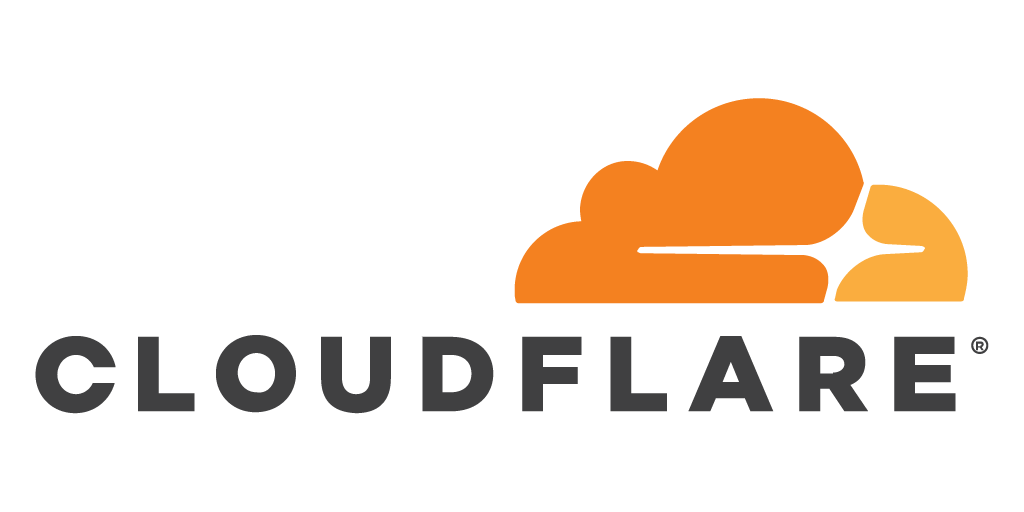
Starting at 1531 UTC and lasting until 1952 UTC, the Cloudflare Dashboard and API were unavailable because of the disconnection of multiple, redundant fibre connections from one of our two core data centers.
This outage was not caused by a DDoS attack, or related to traffic increases caused by the COVID-19 crisis. Nor was it caused by any malfunction of software or hardware, or any misconfiguration.
What happened
As part of planned maintenance at one of our core data centers, we instructed technicians to remove all the equipment in one of our cabinets. That cabinet contained old inactive equipment we were going to retire and had no active traffic or data on any of the servers in the cabinet. The cabinet also contained a patch panel (switchboard of cables) providing all external connectivity to other Cloudflare data centers. Over the space of three minutes, the technician decommissioning our unused hardware also disconnected the cables in this patch panel.
This data center houses Cloudflare’s main control plane and database and as such, when we lost connectivity, the Dashboard and API became unavailable immediately. The Cloudflare network itself continued to operate normally and proxied customer websites and applications continued to operate. As Continue reading
Offer of Assistance to Governments During COVID-19
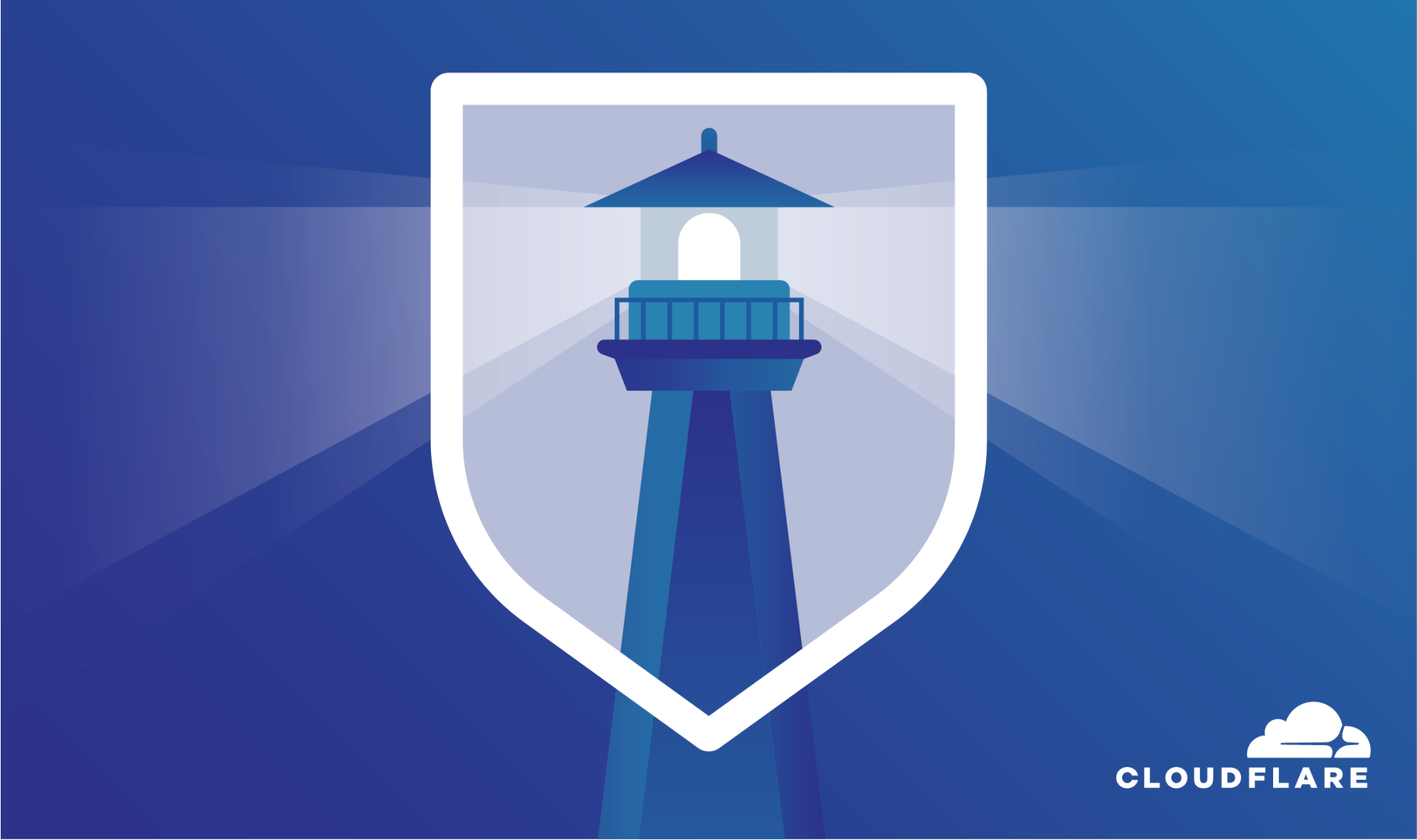
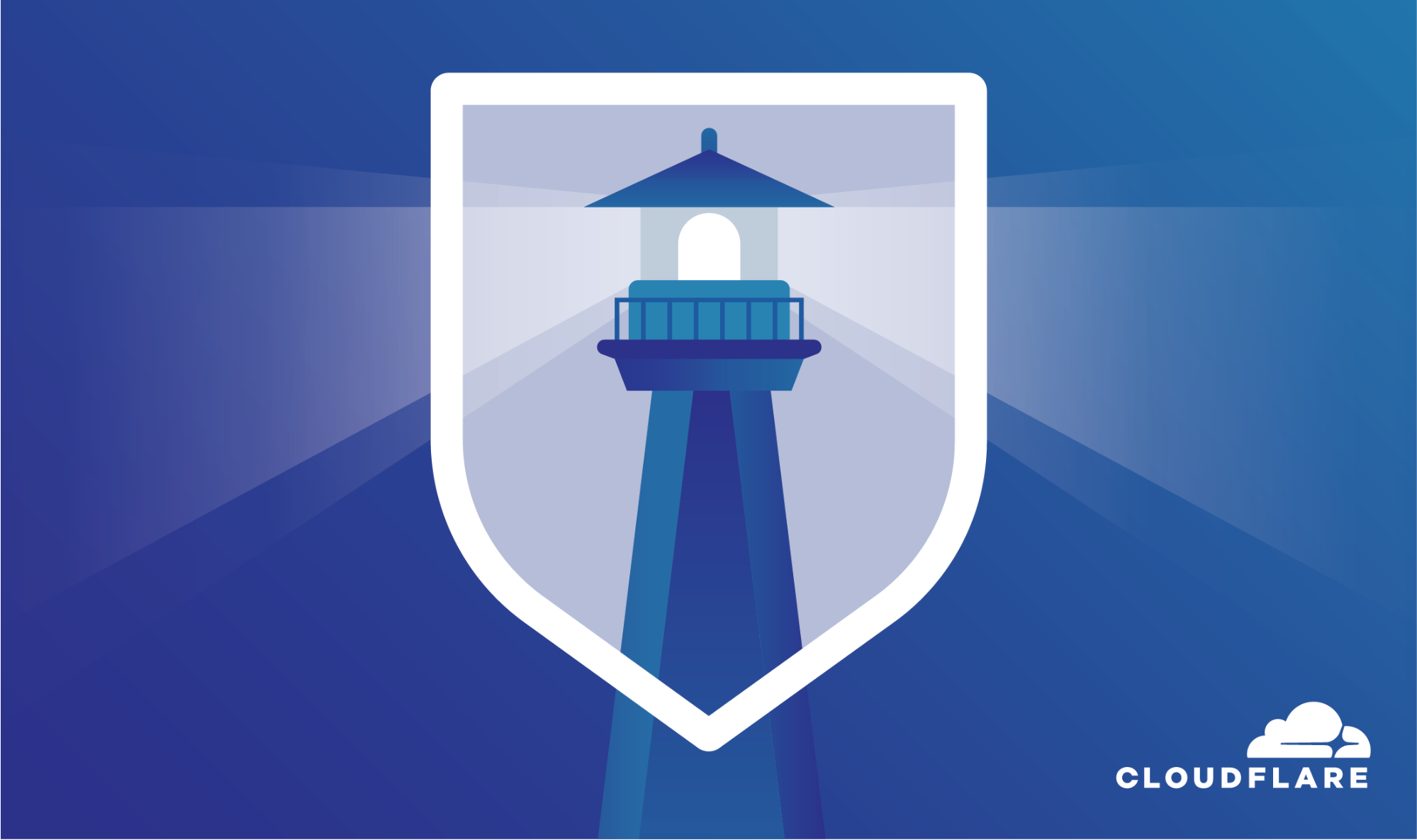
As the COVID-19 emergency continues to affect countries and territories around the world, the Internet has been a key factor in providing information to the public. As businesses, organizations and government agencies adjust to this new normal, we recognize the strain that this pandemic has put on the groups working to assist in virus mitigation and provide accurate information to the general public on the state of the pandemic.
At Cloudflare, this means ensuring that these entities have the necessary tools and resources available to them in these extenuating circumstances. On March 13, we announced our Cloudflare for Teams products will be free until September 1, 2020, to ensure Cloudflare users and prospective users have the tools they need to support secure and efficient remote work. Additionally, we have removed usage caps for existing Cloudflare for Teams users and are also providing onboarding sessions so these groups can continue business in this new normal.
As a company, we believe we can do more and have been thinking about ways we can support organizations and businesses that are at the forefront of the pandemic such as health officials and those providing relief to the public. Many organizations have reached out to Continue reading
Comparing HTTP/3 vs. HTTP/2 Performance


We announced support for HTTP/3, the successor to HTTP/2 during Cloudflare’s birthday week last year. Our goal is and has always been to help build a better Internet. Collaborating on standards is a big part of that, and we're very fortunate to do that here.
Even though HTTP/3 is still in draft status, we've seen a lot of interest from our users. So far, over 113,000 zones have activated HTTP/3 and, if you are using an experimental browser those zones can be accessed using the new protocol! It's been great seeing so many people enable HTTP/3: having real websites accessible through HTTP/3 means browsers have more diverse properties to test against.
When we launched support for HTTP/3, we did so in partnership with Google, who simultaneously launched experimental support in Google Chrome. Since then, we've seen more browsers add experimental support: Firefox to their nightly builds, other Chromium-based browsers such as Opera and Microsoft Edge through the underlying Chrome browser engine, and Safari via their technology preview. We closely follow these developments and partner wherever we can help; having a large network with many sites that have HTTP/3 enabled gives browser implementers an excellent testbed against which to Continue reading
Cloudflare for SSH, RDP and Minecraft


Almost exactly two years ago, we launched Cloudflare Spectrum for our Enterprise customers. Today, we’re thrilled to extend DDoS protection and traffic acceleration with Spectrum for SSH, RDP, and Minecraft to our Pro and Business plan customers.
When we think of Cloudflare, a lot of the time we think about protecting and improving the performance of websites. But the Internet is so much more, ranging from gaming, to managing servers, to cryptocurrencies. How do we make sure these applications are secure and performant?
With Spectrum, you can put Cloudflare in front of your SSH, RDP and Minecraft services, protecting them from DDoS attacks and improving network performance. This allows you to protect the management of your servers, not just your website. Better yet, by leveraging the Cloudflare network you also get increased reliability and increased performance: lower latency!
Remote access to servers
While access to websites from home is incredibly important, being able to remotely manage your servers can be equally critical. Losing access to your infrastructure can be disastrous: people need to know their infrastructure is safe and connectivity is good and performant. Usually, server management is done through SSH (Linux or Unix based servers) and RDP (Windows based Continue reading
Helping sites get back online: the origin monitoring intern project


The most impactful internship experiences involve building something meaningful from scratch and learning along the way. Those can be tough goals to accomplish during a short summer internship, but our experience with Cloudflare’s 2019 intern program met both of them and more! Over the course of ten weeks, our team of three interns (two engineering, one product management) went from a problem statement to a new feature, which is still working in production for all Cloudflare customers.
The project
Cloudflare sits between customers’ origin servers and end users. This means that all traffic to the origin server runs through Cloudflare, so we know when something goes wrong with a server and sometimes reflect that status back to users. For example, if an origin is refusing connections and there’s no cached version of the site available, Cloudflare will display a 521 error. If customers don’t have monitoring systems configured to detect and notify them when failures like this occur, their websites may go down silently, and they may hear about the issue for the first time from angry users.


This problem became the starting Continue reading
Remote work, regional lockdowns and migration of Internet usage

The recommendation for social distancing to slow down the spread of COVID-19 has led many companies to adopt a work-from-home policy for their employees in offices around the world, and Cloudflare is no exception.
As a result, a large portion of Internet access shifted from office-focused areas, like city centers and business parks, towards more residential areas like suburbs and outlying towns. We wanted to find out just precisely how broad this geographical traffic migration was, and how different locations were affected by it.
It turns out it is substantial, and the results are quite stunning:
Gathering the Data
So how can we determine if Internet usage patterns have changed from a geographical perspective?
In each Cloudflare Point of Presence (in more than 200 cities worldwide) there's an edge router whose responsibility it is to switch Internet traffic to serve the requests of end users in the region.
These edge routers are the network's entry point and for monitoring and debugging purposes each router samples IP packet information regarding the traffic that traverses them. This data is collected as flow records and contains layer-3 related information, such as the source and destination IP address, port, packet size etc.
These statistical Continue reading
Rolling With The Punches: Shifting Attack Tactics & Dropping Packets Faster & Cheaper At The Edge


On Cloudflare’s 8th birthday in 2017, we announced free unmetered DDoS Protection as part of all of our plans, regardless if you’re an independent blogger using WordPress on Cloudflare's Free plan or part of a large enterprise operating global network infrastructures. Our DDoS protection covers attack vectors on Layers 3-7; whether highly distributed and volumetric (rate-intensive) or small and sneaky. We protect over 26 million Internet properties, and at this scale, identifying small and sneaky DDoS attacks can be challenging, especially at L7. In this post, we discuss this challenge along with trends that we’ve seen, interesting DDoS attacks, and how we’ve responded to them so that you don’t have to worry.
Let’s Talk Trends
When analyzing attacks on the Cloudflare network, we’ve seen a steady decline in the proportion of L3/L4 DDoS attacks that exceed a rate of 30 Gbps in recent months. From September 2019 to March 2020, attacks peaking over 30 Gbps decreased by 82%, and in March 2020, more than 95% of all network-layer DDoS attacks peaked below 30 Gbps. Over the same time period, the average size of a DDoS attack has also steadily decreased by 53%, to just 11.88 Gbps. Yet, very large Continue reading
Internship Experience: Cryptography Engineer
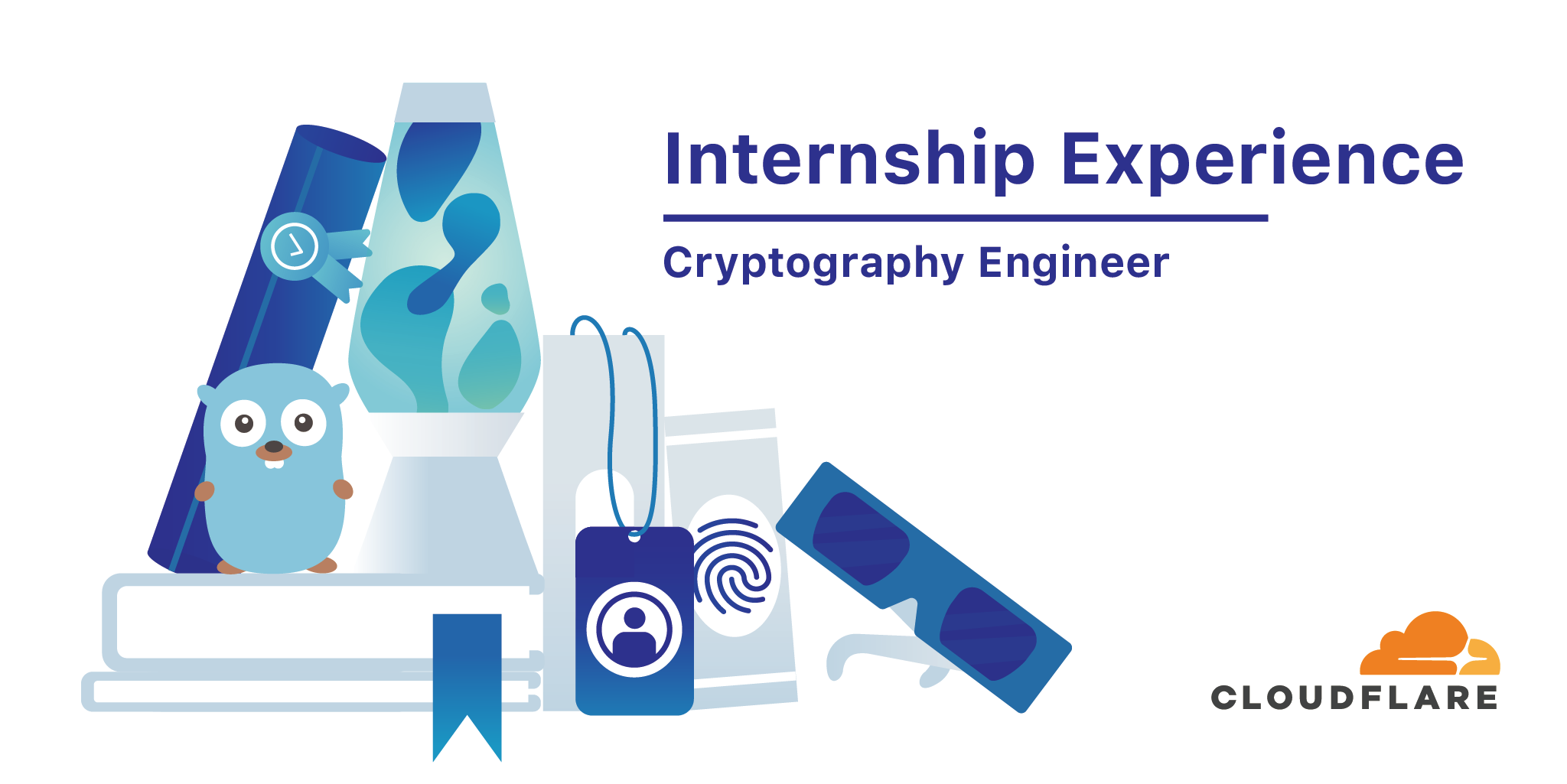
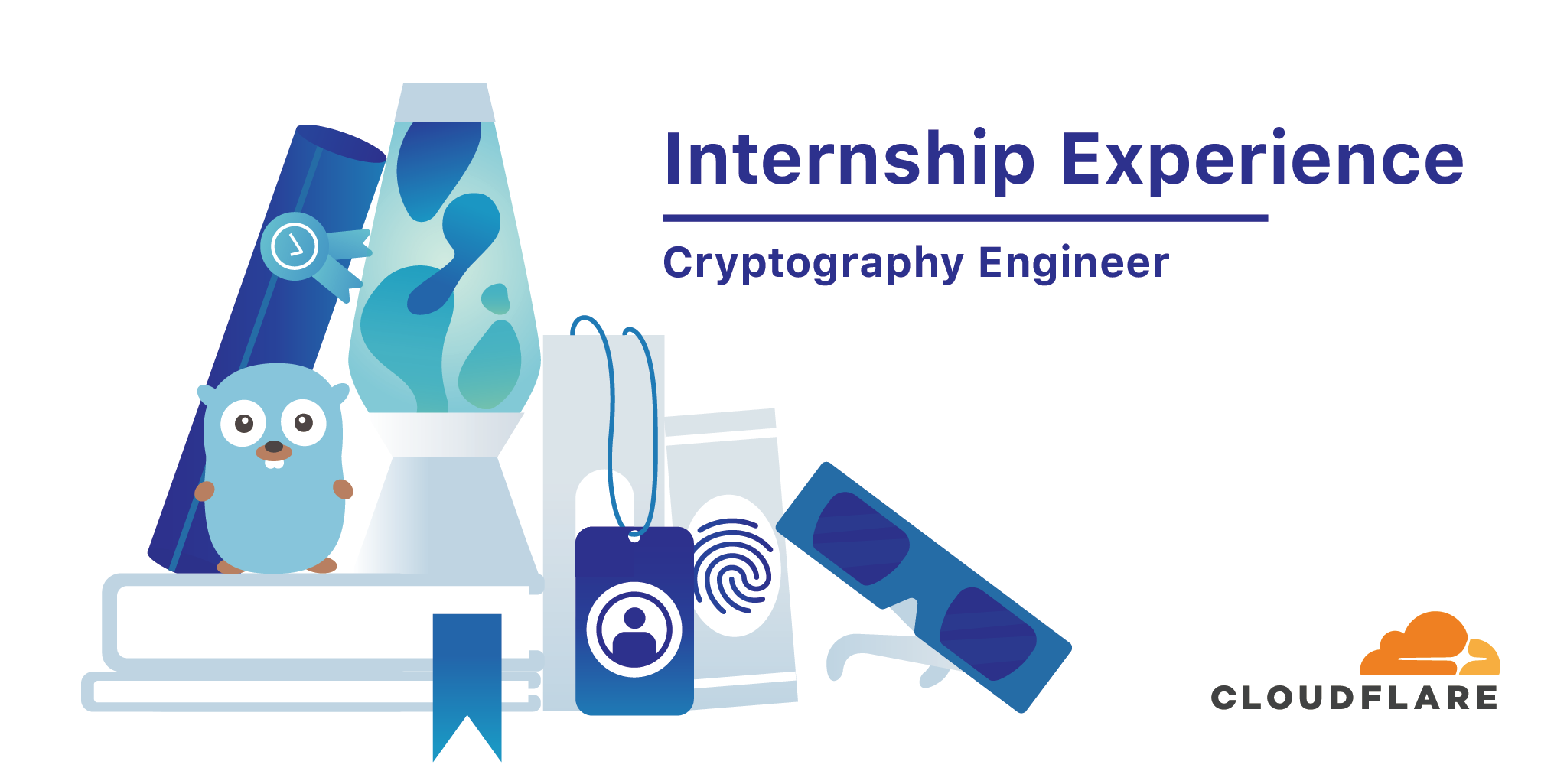
Back in the summer of 2017 I was an intern at Cloudflare. During the scholastic year I was a graduate student working on automorphic forms and computational Langlands at Berkeley: a part of number theory with deep connections to representation theory, aimed at uncovering some of the deepest facts about number fields. I had also gotten involved in Internet standardization and security research, but much more on the applied side.
While I had published papers in computer security and had coded for my dissertation, building and deploying new protocols to production systems was going to be new. Going from the academic environment of little day to day supervision to the industrial one of more direction; from greenfield code that would only ever be run by one person to large projects that had to be understandable by a team; from goals measured in years or even decades, to goals measured in days, weeks, or quarters; these transitions would present some challenges.
Cloudflare at that stage was a very different company from what it is now. Entire products and offices simply did not exist. Argo, now a mainstay of our offering for sophisticated companies, was slowly emerging. Access, which Continue reading
Moving from reCAPTCHA to hCaptcha


We recently migrated the CAPTCHA provider we use from Google's reCAPTCHA to a service provided by the independent hCaptcha. We're excited about this change because it helps address a privacy concern inherent to relying on a Google service that we've had for some time and also gives us more flexibility to customize the CAPTCHAs we show. Since this change potentially impacts all Cloudflare customers, we wanted to walk through the rationale in more detail.
CAPTCHAs at Cloudflare

One of the services Cloudflare provides is a way to block malicious automated ("bot") traffic. We use a number of techniques to accomplish that. When we are confident something is malicious bot activity we block it entirely. When we are confident it's good human traffic (or a good bot like a search engine crawler) then we let it through. But, sometimes, when we're not 100% sure if something is malicious or good we issue it a “challenge”.
We have different types of challenges, some are entirely automatic, but one requires human intervention. Those challenges are known as CAPTCHAs. That's an acronym for Completely Automated Public Turing Test to Tell Computers and Humans Apart (a few Ts are dropped otherwise it'd be CAPTTTCHA). These Continue reading
How To Use 1.1.1.1 w/ WARP App And Cloudflare Gateway To Protect Your Phone From Security Threats
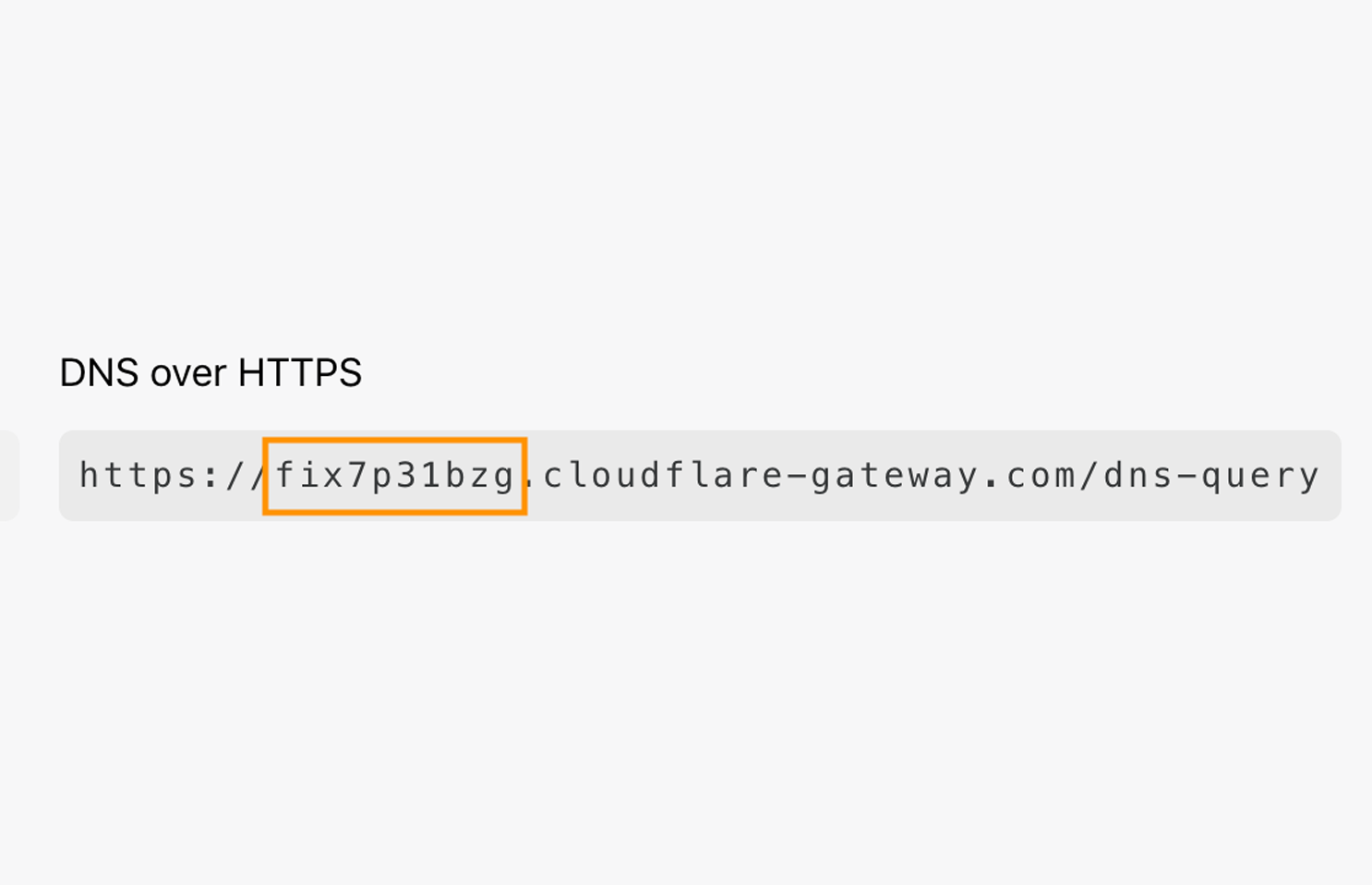
Cloudflare Gateway protects users and devices from security threats. You can now use Gateway inside the 1.1.1.1 w/ WARP app to secure your phone from malware, phishing and other security threats.
The 1.1.1.1 w/ WARP app has secured millions of mobile Internet connections. When installed, 1.1.1.1 w/ WARP encrypts the traffic leaving your device, giving you a more private browsing experience.
Starting today, you can get even more out of your 1.1.1.1 w/ WARP. By adding Cloudflare Gateway’s secure DNS filtering to the app, you can add a layer of security and block malicious domains flagged as phishing, command and control, or spam. This protection isn’t dependent on what network you’re connected to - it follows you everywhere you go.
You can read more about how Cloudflare Gateway builds on our 1.1.1.1 resolver to secure Internet connections in our announcement. Ready to get started bringing that security to your mobile device? Follow the steps below.
Download the 1.1.1.1 w/ WARP mobile app
If you don’t have the latest version of the 1.1.1.1 w/ WARP app go to the Apple Continue reading
Project Crossbow: Lessons from Refactoring a Large-Scale Internal Tool

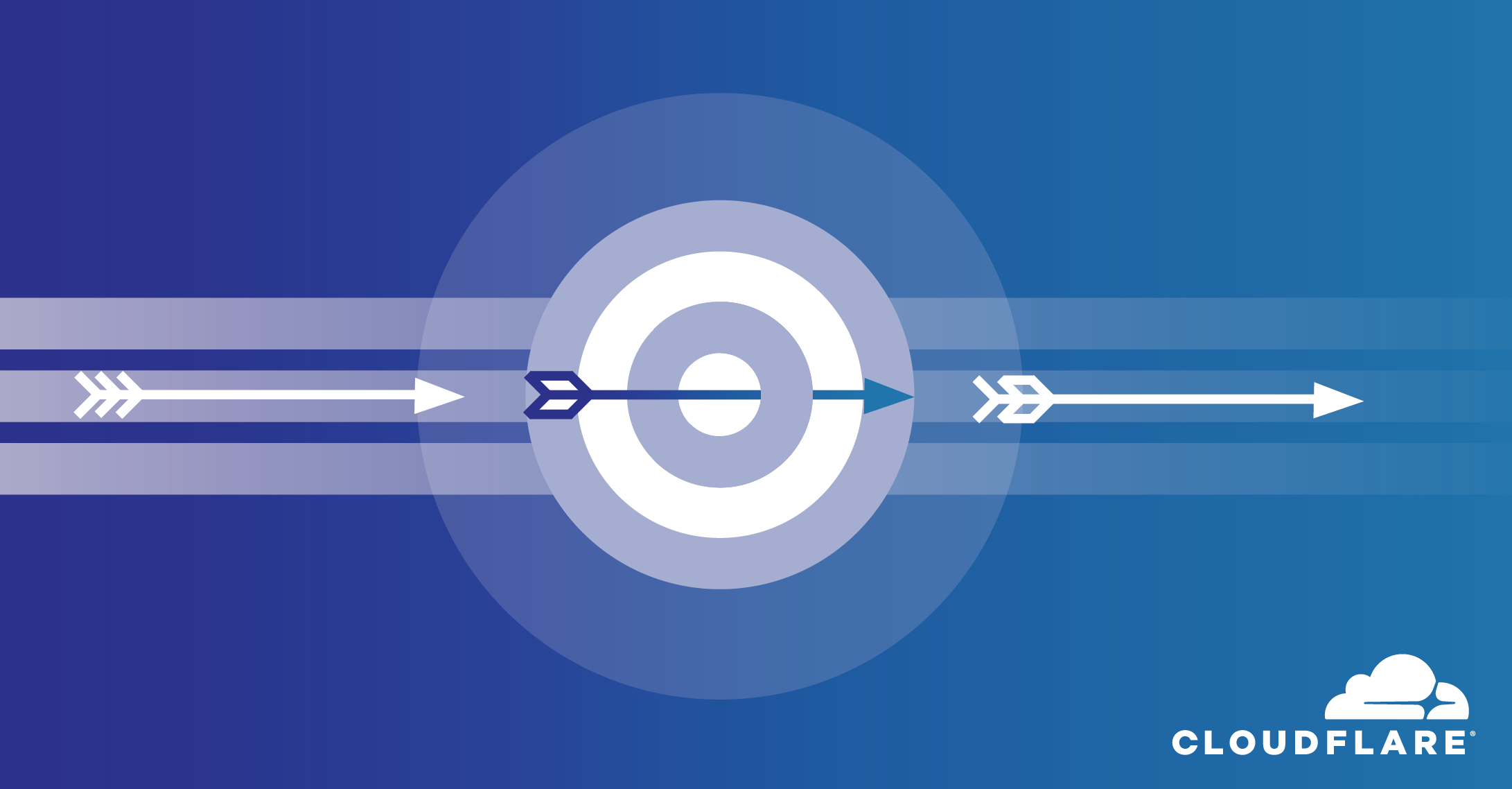
Cloudflare’s global network currently spans 200 cities in more than 90 countries. Engineers working in product, technical support and operations often need to be able to debug network issues from particular locations or individual servers.
Crossbow is the internal tool for doing just this; allowing Cloudflare’s Technical Support Engineers to perform diagnostic activities from running commands (like traceroutes, cURL requests and DNS queries) to debugging product features and performance using bespoke tools.
In September last year, an Engineering Manager at Cloudflare asked to transition Crossbow from a Product Engineering team to the Support Operations team. The tool had been a secondary focus and had been transitioned through multiple engineering teams without developing subject matter knowledge.
The Support Operations team at Cloudflare is closely aligned with Cloudflare’s Technical Support Engineers; developing diagnostic tooling and Natural Language Processing technology to drive efficiency. Based on this alignment, it was decided that Support Operations was the best team to own this tool.
Learning from Sisyphus
Whilst seeking advice on the transition process, an SRE Engineering Manager in Cloudflare suggested reading: “A Case Study in Community-Driven Software Adoption”. This book proved a truly invaluable read for anyone thinking of doing internal tool development Continue reading
Conntrack tales – one thousand and one flows
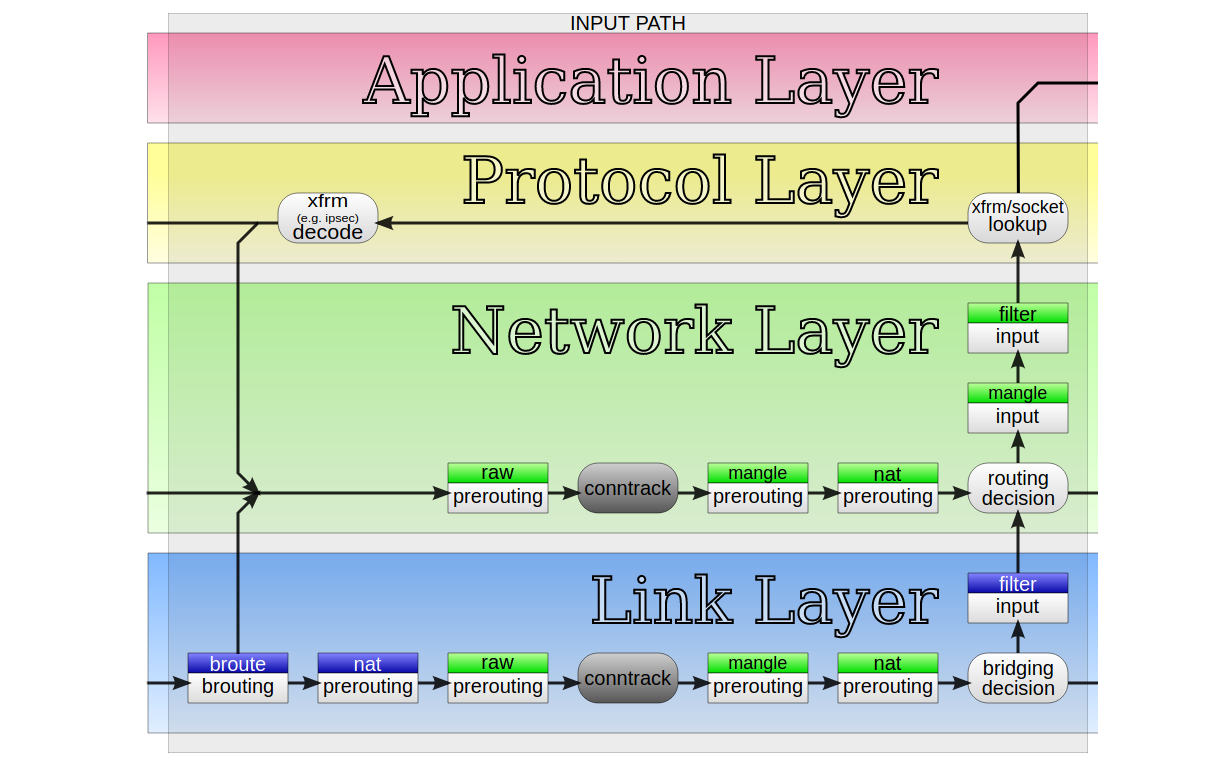
At Cloudflare we develop new products at a great pace. Their needs often challenge the architectural assumptions we made in the past. For example, years ago we decided to avoid using Linux's "conntrack" - stateful firewall facility. This brought great benefits - it simplified our iptables firewall setup, sped up the system a bit and made the inbound packet path easier to understand.
But eventually our needs changed. One of our new products had a reasonable need for it. But we weren't confident - can we just enable conntrack and move on? How does it actually work? I volunteered to help the team understand the dark corners of the "conntrack" subsystem.
What is conntrack?
"Conntrack" is a part of Linux network stack, specifically part of the firewall subsystem. To put that into perspective: early firewalls were entirely stateless. They could express only basic logic, like: allow SYN packets to port 80 and 443, and block everything else.
The stateless design gave some basic network security, but was quickly deemed insufficient. You see, there are certain things that can't be expressed in a stateless way. The canonical example is assessment of ACK packets - it's impossible to say if an ACK Continue reading
The Serverlist: Built with Workers, Single-Tenant Architecture, and more!

Check out our fourteenth edition of The Serverlist below. Get the latest scoop on the serverless space, get your hands dirty with new developer tutorials, engage in conversations with other serverless developers, and find upcoming meetups and conferences to attend.
Sign up below to have The Serverlist sent directly to your mailbox.
Trailblazing a Development Environment for Workers
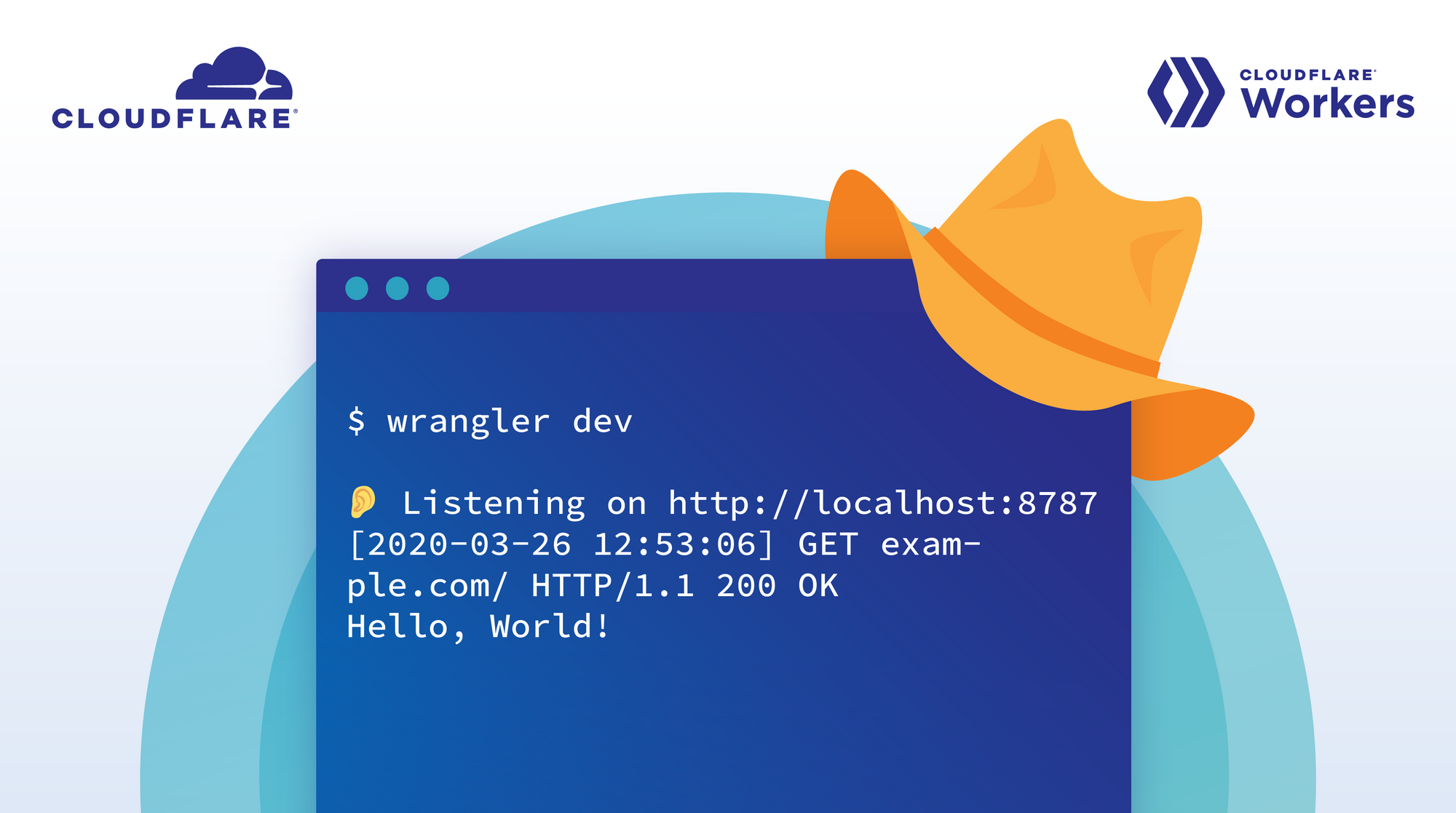
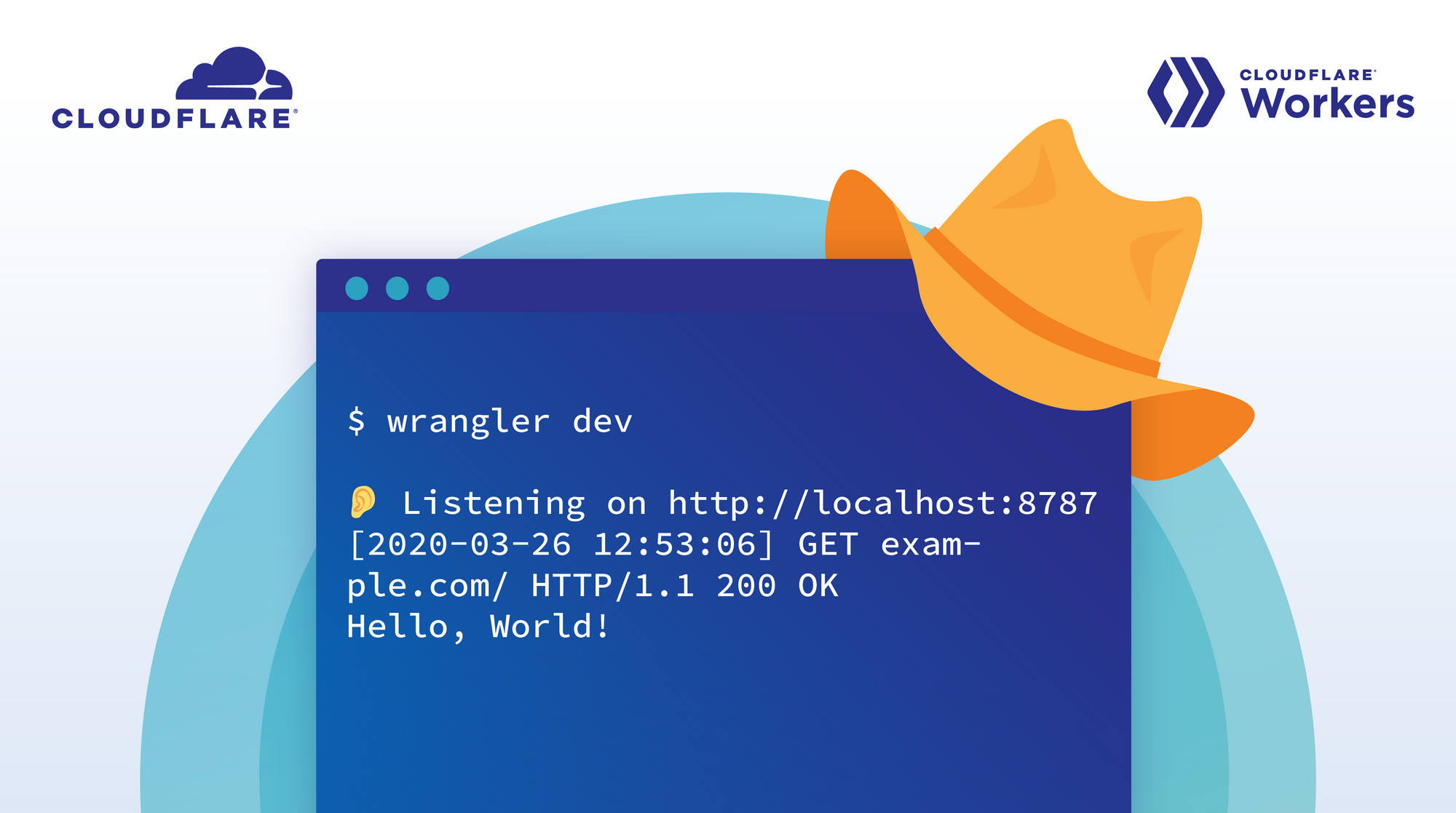
When I arrived at Cloudflare for an internship in the summer of 2018, I was taken on a tour, introduced to my mentor who took me out for coffee (shoutout to Preston), and given a quick whiteboard overview of how Cloudflare works. Each of the interns would work on a small project of their own and they’d try to finish them by the end of the summer. The description of the project I was given on my very first day read something along the lines of “implementing signed exchanges in a Cloudflare Worker to fix the AMP URL attribution problem,” which was a lot to take in at once. I asked so many questions those first couple of weeks. What are signed exchanges? Can I put these stickers on my laptop? What’s a Cloudflare Worker? Is there a limit to how much Topo Chico I can take from the fridge? What’s the AMP URL attribution problem? Where’s the bathroom?
I got the answers to all of those questions (and more!) and eventually landed a full-time job at Cloudflare. Here’s the story of my internship and working on the Workers Developer Experience team at Cloudflare.
Getting Started with Continue reading
Cloudflare Doubling Size of 2020 Summer Intern Class


We are living through extraordinary times. Around the world, the Coronavirus has caused disruptions to nearly everyone's work and personal lives. It's been especially hard to watch as friends and colleagues outside Cloudflare are losing jobs and businesses struggle through this crisis.
We have been extremely fortunate at Cloudflare. The super heroes of this crisis are clearly the medical professionals at the front lines saving people's lives and the scientists searching for a cure. But the faithful sidekick that's helping us get through this crisis — still connected to our friends, loved ones, and, for those of us fortunate enough to be able to continue work from home, our jobs — is the Internet. As we all need it more than ever, we're proud of our role in helping ensure that the Internet continues to work securely and reliably for all our customers.
We plan to invest through this crisis. We are continuing to hire across all teams at Cloudflare and do not foresee any need for layoffs. I appreciate the flexibility of our team and new hires to adapt what was our well-oiled, in-person orientation process to something virtual we're continuing to refine weekly as new people join us.
Continue reading
The Mistake that Caused 1.1.1.3 to Block LGBTQIA+ Sites Today

Today we made a mistake. The mistake caused a number of LGBTQIA+ sites to inadvertently be blocked by the new 1.1.1.1 for Families service. I wanted to walk through what happened, why, and what we've done to fix it.
As is our tradition for the last three years, we roll out new products for the general public that uses the Internet on April 1. This year, one of those products was a filtered DNS service, 1.1.1.1 for Families. The service allows anyone who chooses to use it to restrict certain categories of sites.
Filtered vs Unfiltered DNS
Nothing about our new filtered DNS service changes the unfiltered nature of our original 1.1.1.1 service. However, we recognized that some people want a way to control what content is in their home. For instance, I block social media sites from resolving while I am trying to get work done because it makes me more productive. The number one request from users of 1.1.1.1 was that we create a version of the service for home use to block certain categories of sites. And so, earlier today, we launched 1.1.1. Continue reading
Announcing the Beta for WARP for macOS and Windows


Last April 1 we announced WARP — an option within the 1.1.1.1 iOS and Android app to secure and speed up Internet connections. Today, millions of users have secured their mobile Internet connections with WARP.
While WARP started as an option within the 1.1.1.1 app, it's really a technology that can benefit any device connected to the Internet. In fact, one of the most common requests we've gotten over the last year is support for WARP for macOS and Windows. Today we're announcing exactly that: the start of the WARP beta for macOS and Windows.
What's The Same: Fast, Secure, and Free
We always wanted to build a WARP client for macOS and Windows. We started with mobile because it was the hardest challenge. And it turned out to be a lot harder than we anticipated. While we announced the beta of 1.1.1.1 with WARP on April 1, 2019 it took us until late September before we were able to open it up to general availability. We don't expect the wait for macOS and Windows WARP to be nearly as long.
The WARP client for macOS and Windows relies on the Continue reading